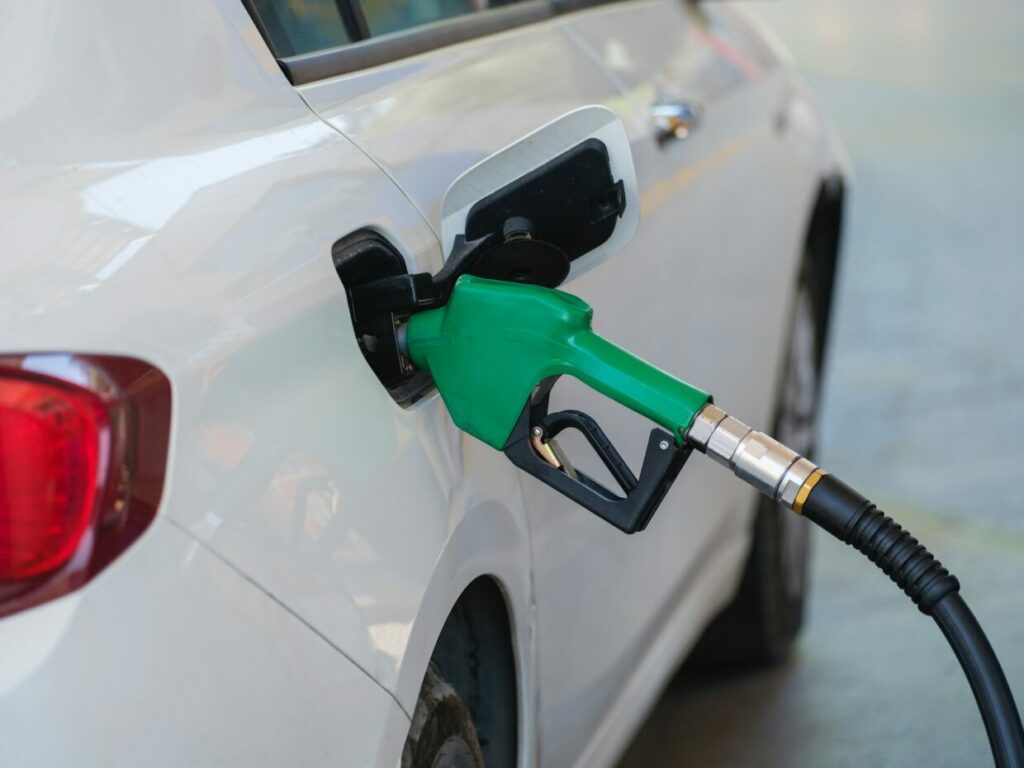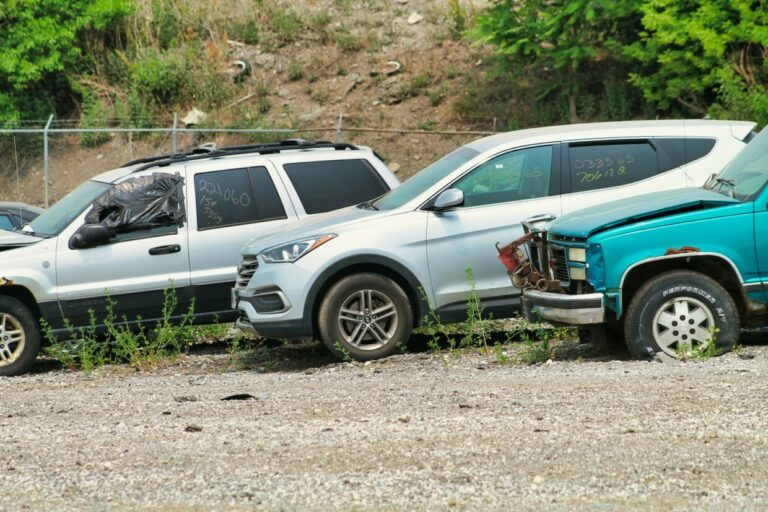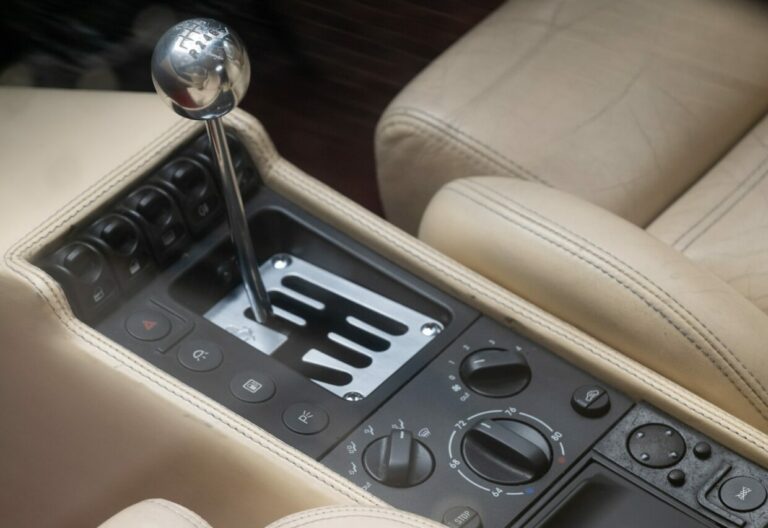Introduction
Fuel pump motor problems can be a real headache for car owners. The symptoms of a failing fuel pump motor can be subtle, and if left unaddressed, can lead to a breakdown or even an accident. In this blog post, we’ll go over the most common symptoms of fuel pump motor problems, as well as some solutions to help you get your car back on the road.
Symptoms of Fuel Pump Motor Problems
The most common symptoms of fuel pump motor problems include a loss of power, difficulty starting the engine, and a whining noise coming from the fuel tank. If you’re experiencing any of these symptoms, it’s important to have your car checked out by a professional mechanic as soon as possible.
Causes of Fuel Pump Motor Problems
There are a number of things that can cause fuel pump motor problems. Some of the most common causes include a faulty fuel pump relay, a clogged fuel filter, or a worn-out fuel pump. Other possible causes include a malfunctioning fuel pressure regulator, a damaged fuel tank, or a problem with the fuel pump’s electrical wiring.
Solutions for Fuel Pump Motor Problems
If you’re experiencing any of the symptoms of fuel pump motor problems, there are a few things you can do to try and fix the problem.
- Check the Fuel Pump Relay: One of the most common causes of fuel pump motor problems is a faulty fuel pump relay. To check the fuel pump relay, locate the relay box under the hood of your car and use a test light to check for power. If there’s no power, the relay may need to be replaced.
- Replace the Fuel Filter: Another common cause of fuel pump motor problems is a clogged fuel filter. To check the fuel filter, locate it under the car, near the fuel tank. If it looks dirty or clogged, it should be replaced.
- Check the Fuel Pressure: A malfunctioning fuel pressure regulator can also cause fuel pump motor problems. To check the fuel pressure, use a fuel pressure gauge to measure the pressure at the fuel rail. If the pressure is too low, the regulator may need to be replaced.
- Replace the Fuel Pump: If none of the above solutions work, it’s possible that the fuel pump itself is damaged and needs to be replaced. This is a more complex and expensive repair, but it’s necessary to ensure the safety and reliability of your car.
Precautions
- Always turn off the engine before working on the fuel system.
- Make sure to wear safety goggles and gloves to protect yourself from fuel spills.
- Never smoke or use open flames near the fuel system, as it can be dangerous.
- Always use the proper tools and equipment when working on the fuel system.
- When in doubt, always consult a professional mechanic.
Conclusion
Fuel pump motor problems can be a real hassle, but with the right knowledge and tools, they can be relatively easy to fix. By paying attention to the symptoms of fuel pump motor problems and taking the appropriate steps to address them, you can keep your car running smoothly and safely for years to come. Remember, if you’re not comfortable working on your car, always consult a professional mechanic.



















